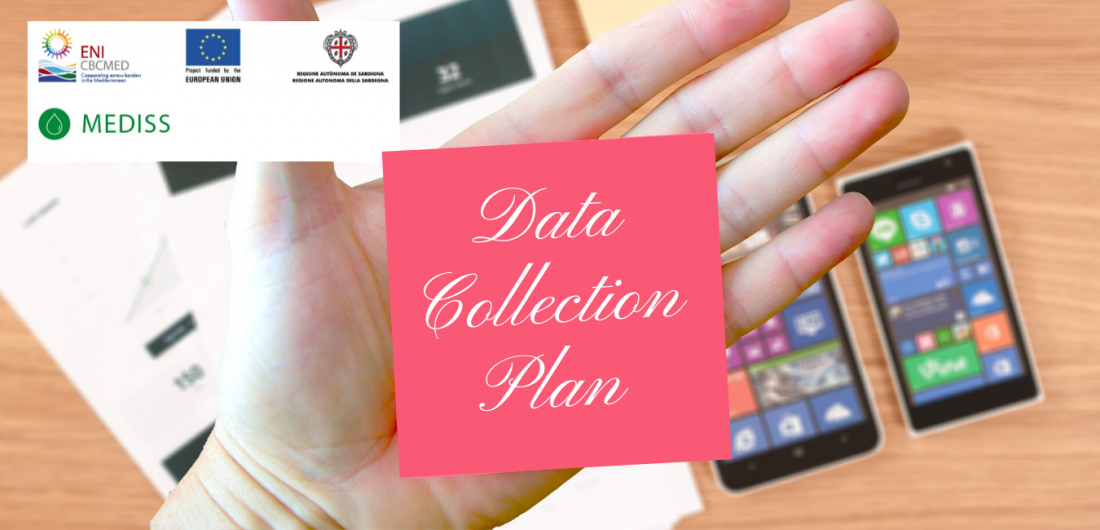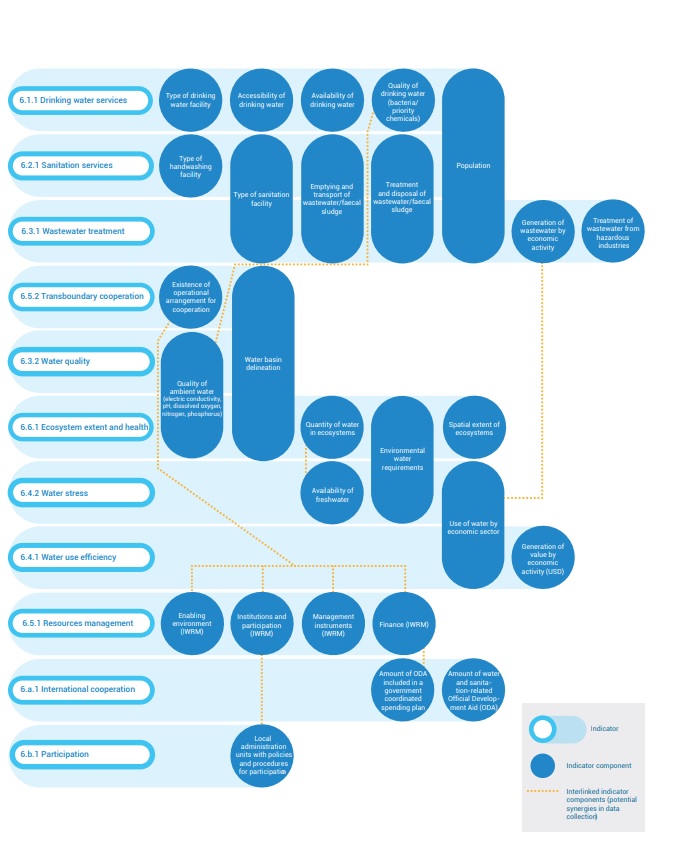[MEDISS] Intégration de données sur les écosystèmes, les communautés et les ressources en eau

Contenu disponible uniquement en anglais.
Information has a key role in enhancing sustainable water management. Managing water resources requires proper information in many different fields, related to the use and supply of water, soil characteristics, socio-economic issues, education level, legal and regulatory framework and so on.
Mediterranean Integrated System for Water Supply (MEDISS) project, accordingly, dedicates a specific work package on water information, that embraces the whole project.
MEDISS project is organized in five work packages (WPs), each of which represents a coherent body of work. The five WPs have been scheduled to interact coherently with one another.
WP1 – Management
WP2 – Communication
WP3 - Analysis and monitoring
WP4 - MEDISS pilots set-up and implementation
WP5 - Awareness and Networking
WP3 Analysis and monitoring is a technical work packages that embraces the whole project and is aimed at collecting relevant and consistent baseline data in the 4 MEDISS areas (Palestine, Italy, Jordan, Tunisia), in particular:
- analyzing and organizing data in a comprehensive database;
- providing target values and tools for monitoring;
- evaluating MEDISS impact on water, soils and crops during and after pilot tests;
- identifying up-scaling opportunities and elaborate solid proposal for future funding.
In these months, current data on water supply, water quality, soil composition and crops are being collected in each area, analyzed and organized. Also a socio-economical analysis is carried out in each area to provide baseline data on water-related issues. These baselines surveys provide technical directions for WP4 Pilot initiatives set-up and represent reference values to monitor and evaluate their impact.
The MEDISS Data Collection Plan (DCP) is one of the tools identified by partners to achieve WP3 - Analysis and Monitoring objectives.
To facilitate information sharing and data collection in each MEDISS area, the Italian partners - Ente Acque della Sardegna ENAS and CRENoS - University of Cagliari, are supporting the elaboration of a database continuously updated with the results of the monitoring activities on project sites.
The MEDISS Data Collection Plan adopts United Nations Sustainable Development Goals as the theoretical and practical framework fort the indicators' selection process.
Furthermore, concerning water-related issues, UN-Water supports the Integrated Monitoring Initiative on Sustainable Development Goal 6 on Water and sanitation (SDG 6), in collaboration with World Health Organization (WHO), United Nations Children’s Fund (UNICEF) Joint Monitoring Programme for Water Supply, Sanitation and Hygiene (JMP), the Integrated Monitoring of Water and Sanitation-Related SDG Targets (GEMI) and the UN-Water Global Analysis and Assessment of Sanitation and Drinking-Water (GLAAS).
MEDISS partners share with UN-Water the firm belief that to maintain sustainable communities water and sanitation are at the very core of any planning activity. Safe drinking water is a prerequisite for human health and communities' well-being and consequently for any use related to economic activities.
Moving away from a sectoral approach to water resources management, MEDISS partners are aware that only an integrated approach can cope with the complexity of water-related issues. To face such a challenge, UN SDG 6 provides a coherent framework including information on communities, ecosystem resources, water management and wastewater, water-related risks.
UN Sustainable Development Goal 6 aims to ensure availability and sustainable management of water and sanitation for all by adopting sustainable management of water resources, wastewater, and ecosystems.
During the design of the Data collection Plan (DCP), tools and methods - including the indicators' collection process(1) - have been selected coherently with UN SDG 6. This framework introduces some elements that can be used for the calculation of multiple indicators and in some cases are interlinked, as shown in the following image(2).

The image clearly summarizes the existing relationships between ecosystems, communities and water resources that stand at the very foundation of MEDISS project idea.
(1) The global indicator framework was adopted by the General Assembly on 6 July 2017 and is contained in the Resolution adopted by the General Assembly on Work of the Statistical Commission about the 2030 Agenda for Sustainable Development (A/RES/71/313). For an overview of 2030 Agenda indicators, see: https://unstats.un.org/wiki/display/SDGeHandbook/Home?preview=/34505092/38535788/SDGeHandbook-150219.pdf
(2) Image from: The UN-Water Integrated Monitoring Initiative for Sustainable Development Goal (SDG) 6, 2017, Integrated Monitoring Guide for Sustainable Development Goal 6 on Water and Sanitation Targets and global indicators, available at https://www.unwater.org/publication_categories/integrated-monitoring/







